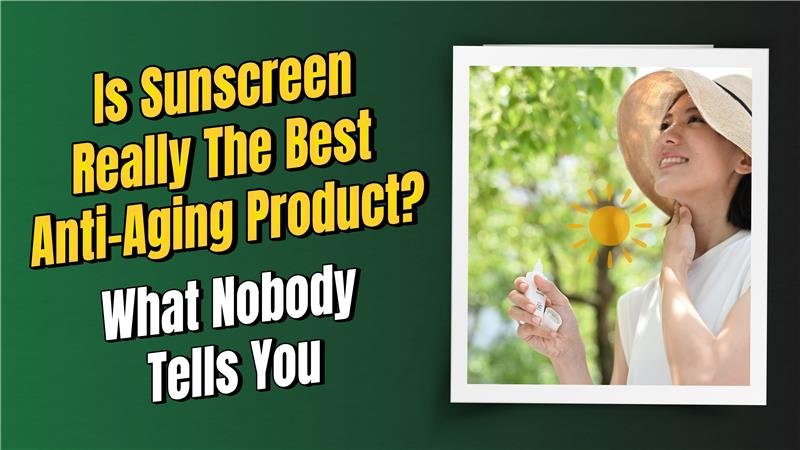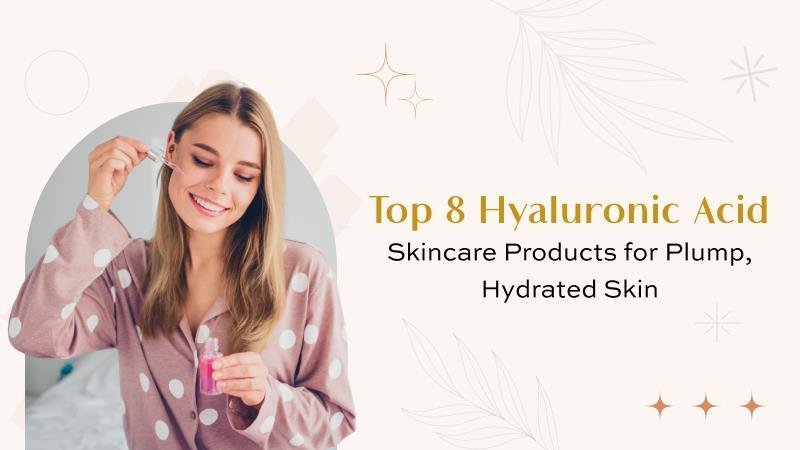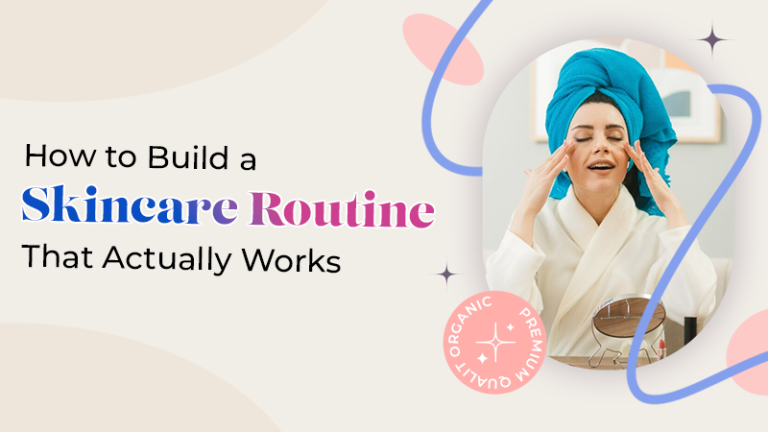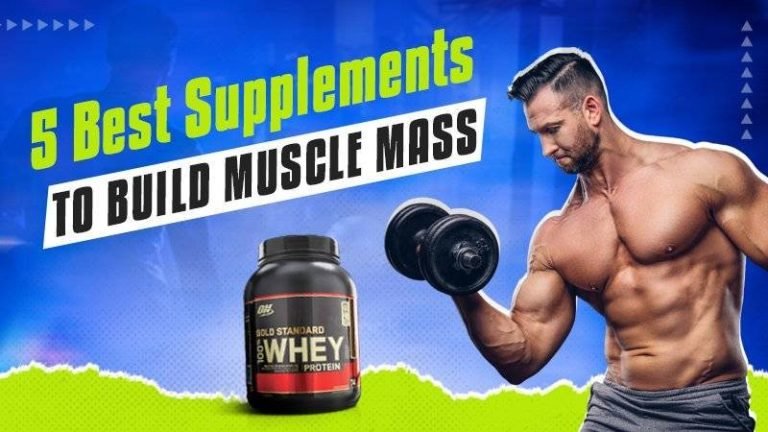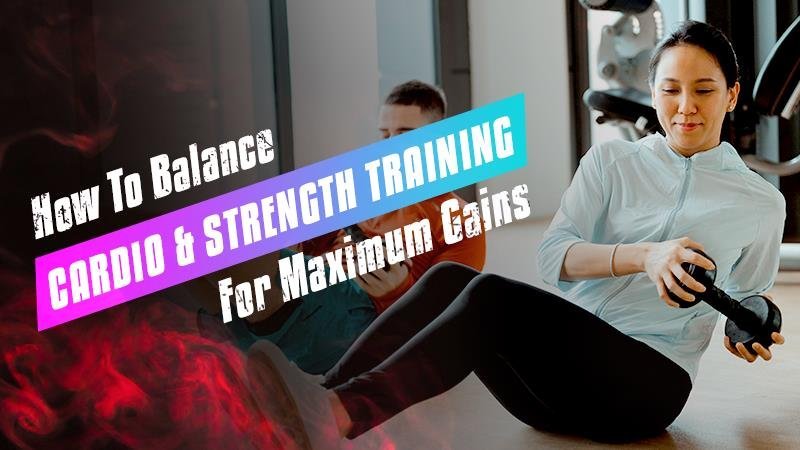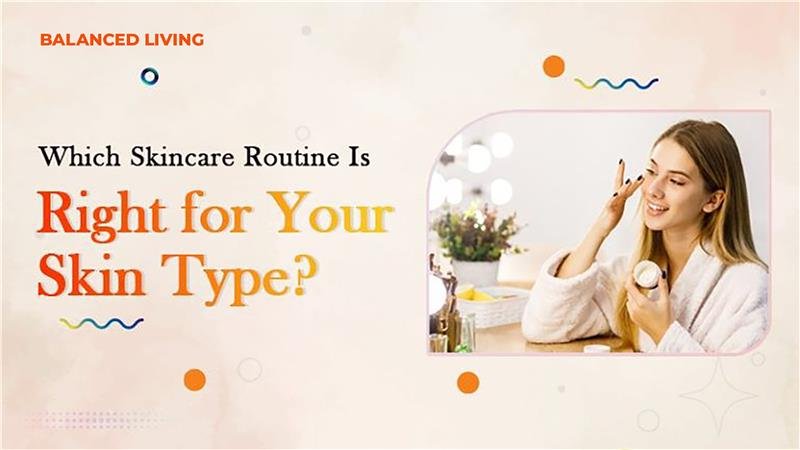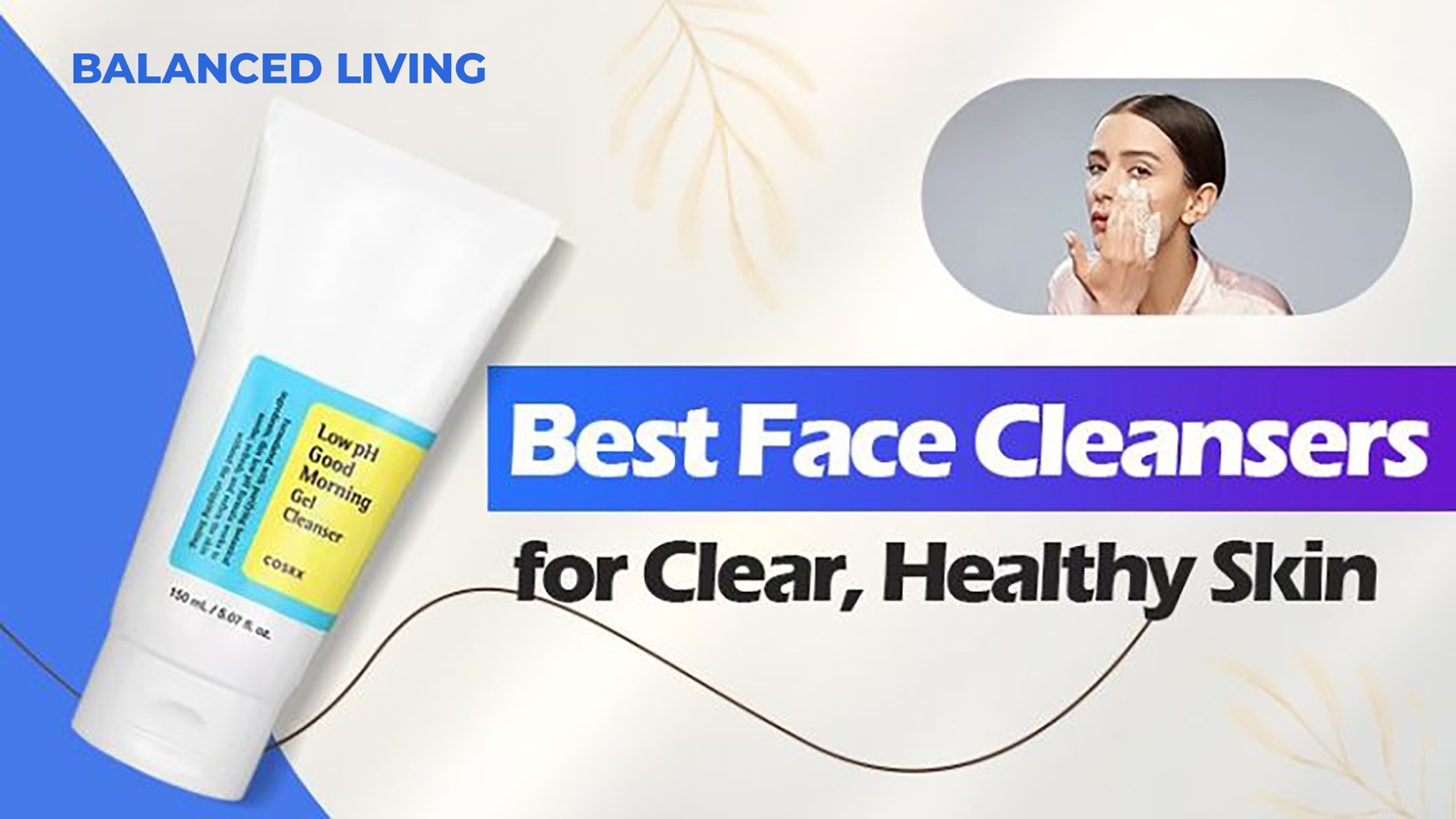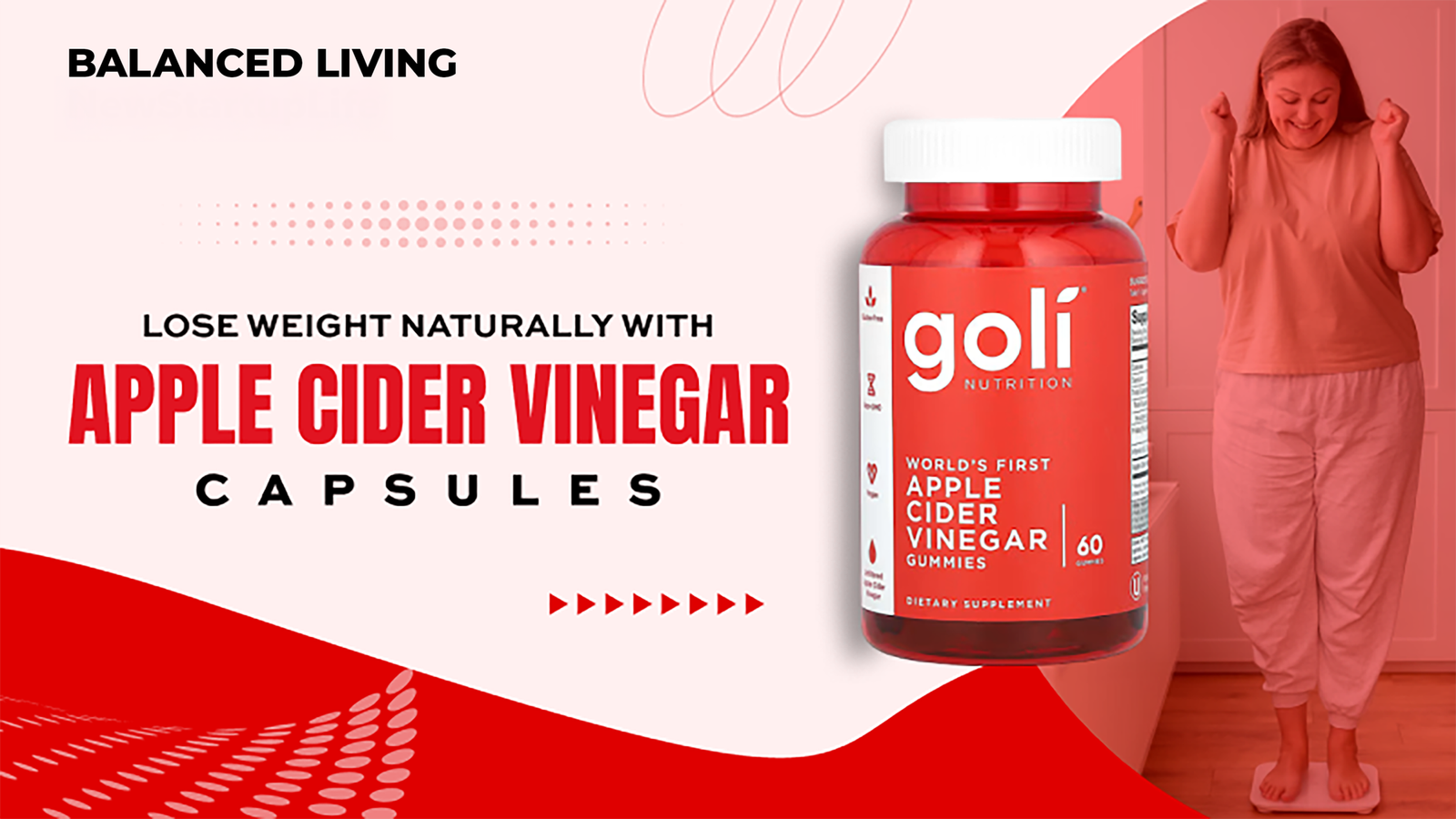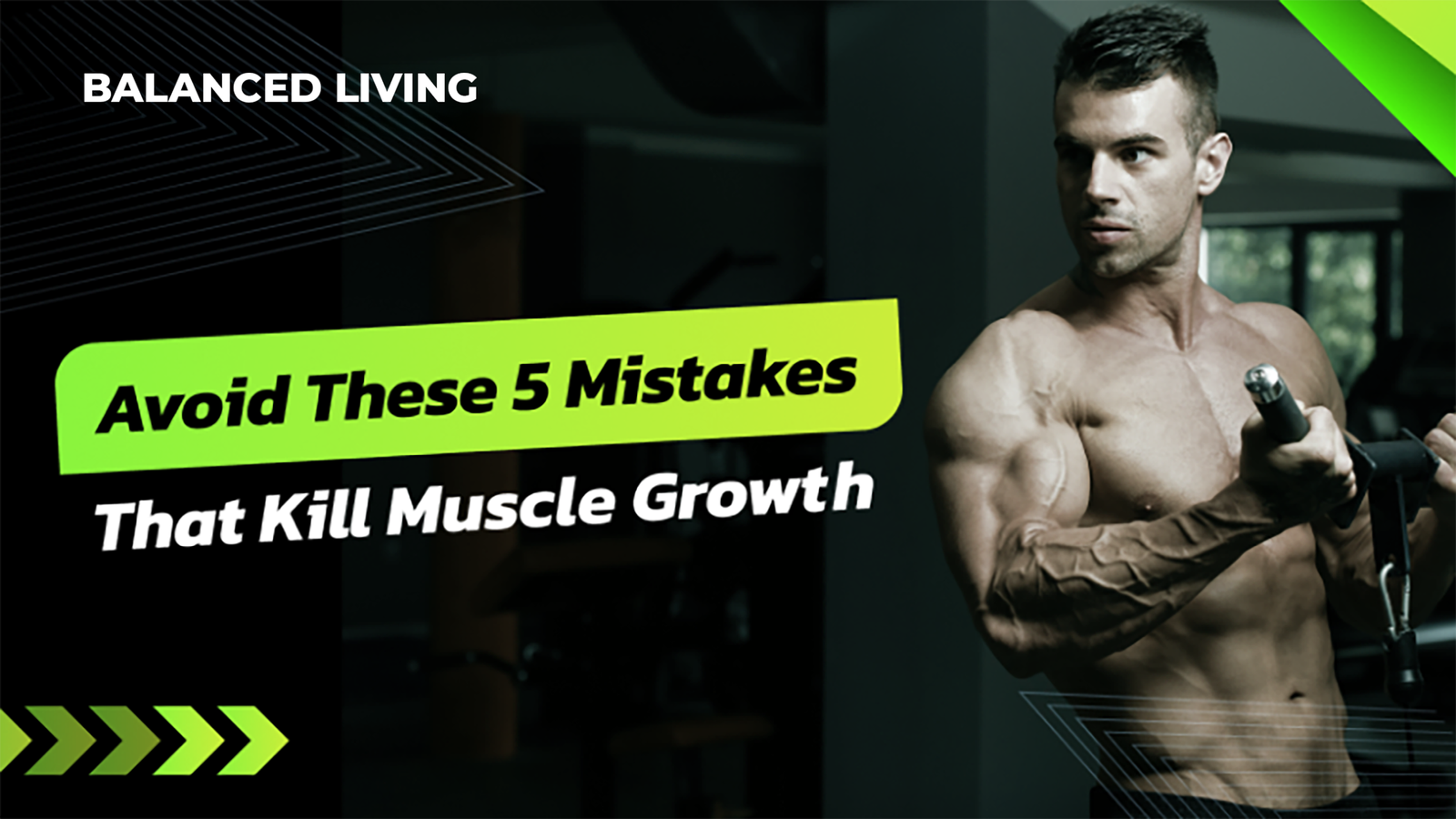
You keep buying fancy creams, wondering what actually slows wrinkles and spots. Here is the simple truth about sunscreen for wrinkles. Most skin aging comes from UV rays, not just birthdays or genes.
In this guide, you will see how daily SPF for anti-aging does more to protect youthful skin than any miracle lotion. You will also learn what most people miss about sun protection that makes all the difference.
Keep going to see what smart sunscreen use does for lasting skin health and real beauty.
How Sunscreen Protects Against Aging

Each application puts a shield between your skin and UV rays and skin aging. Think of sunscreen as daily armor that keeps your collagen safe and your tone even.
Shielding against UVA and UVB rays
UVA rays age skin. UVB rays burn skin. You need protection from both to slow photoaging. Broad spectrum means a sunscreen guards against both types.
Zinc oxide and titanium dioxide are mineral filters. They sit on top of skin to reflect and scatter light. Newer, ultrafine particles help reduce the chalky cast while keeping strong protection. Chemical filters like avobenzone absorb UVA, guarding deeper layers where collagen lives.
The FDA allows the term broad spectrum only when both UV types are covered. SPF ratings matter too. SPF 15 blocks about 93 percent of UVB, SPF 30 blocks about 97 percent. That extra bump counts over years of sun.
Treat your SPF like armor. It stops stray rays from stealing your glow.
Prevention of photoaging
Sun exposure drives much of facial aging, a process called photoaging. UV light triggers enzymes that chew through elastin, the fibers that help skin snap back. Lines arrive faster, and spots deepen.
Clouds and glass do not stop all rays. UVA can pass through windows. A broad-spectrum sunscreen blocks the triggers behind wrinkles, sagging, discoloration, and even DNA damage.
Dermatologists suggest at least SPF 15 for daily use, with higher SPF giving stronger cover for best anti-aging skincare product results. If you swim or sweat, pick water resistant formulas and reapply as directed, usually every 40 to 80 minutes. Pairing antioxidants with your daily sunscreen routine can reduce free radical buildup, protecting skin as natural defenses fade with age.
Reducing oxidative stress
Reactive oxygen species are unstable molecules created by UV light. They attack collagen and lipids, which speeds wrinkles and dullness. Sunscreen lowers this chain reaction by blocking the rays that start it.
Many modern sunscreens add antioxidant blends, like vitamins C and E, coenzyme Q10, and plant polyphenols. These ingredients mop up free radicals before they create lasting harm. The result is better broad-spectrum sunscreen benefits that go beyond sunburn defense.
Key Ingredients in Sunscreens That Aid Anti-Aging
Today’s formulas do more than filter the sun. Many add hydrating and brightening ingredients so your sunscreen acts like skincare in one step.
Broad-spectrum filters
UV filters are the bodyguards in sunscreen. You want protection against UVA for aging and UVB for burning.
- Mineral filters: zinc oxide, titanium dioxide.
- Chemical filters: avobenzone, octocrylene, ecamsule, homosalate, and others.
- SPF 15 blocks about 93 percent of UVB, SPF 30 about 97 percent, SPF 50 about 98 percent.
Multiple filters often improve coverage across wavelengths. Some products combine proven blockers with antioxidants for extra defense against DNA damage from sun exposure.
A small layer of SPF today saves you from stubborn lines tomorrow.
Antioxidants like Vitamin C and E
Antioxidants are free radical scavengers. Vitamin C supports collagen and elastin production, which helps reduce fine lines and sagging. It also helps limit UV-triggered damage.
Vitamin E reinforces the moisture barrier and adds another layer of antioxidant defense. Studies show vitamin E can improve skin moisture and elasticity. Many sunscreens now feature blends with multiple antioxidants for stronger protection and a smoother feel.
Hyaluronic acid for hydration
Hyaluronic acid, also called hyaluronan, is a moisture magnet. It can hold up to 1,000 times its weight in water. That means plumper, more comfortable skin under your SPF.
You will find HA in many top sunscreens because it offsets dryness and helps skin look bouncy. Some formulas use different molecule sizes so hydration reaches both the surface and slightly deeper layers.
Niacinamide for skin tone improvement
Niacinamide is a form of vitamin B3. It targets dark spots, helps reduce the look of pores, and supports the moisture barrier.
Many dermatologist favorites pair niacinamide with sunscreen to even out tone over time. Some formulas add tranexamic acid for extra help with stubborn discoloration linked to sun exposure.
Sunscreen vs. Traditional Anti-Aging Products
Anti-aging creams try to fix what you see. Sunscreen prevents much of that damage from forming in the first place.
Comparing efficacy in reducing wrinkles
Both play a role, but they work differently. Here is a quick side-by-side with plain language and real data.
Product/Method | Main Function | Proven Results | Who Studied It? | Good To Know |
Sunscreen (Broad-Spectrum, SPF 30+) | Blocks UVA and UVB rays Prevents photoaging Reduces oxidative skin stress |
| Hughes, Australian scientists, dermatologists |
|
Anti-Aging Creams (Retinol, Peptides, Niacinamide) | Boosts cell renewal Fades current fine lines |
| Fu, clinical researchers, Olay |
|
Sunscreen + Creams Combo | Blocks damage Improves existing lines Hydrates, evens tone |
| Dermatology experts |
|
Sunscreen as a preventative measure
Daily SPF is your silent bodyguard. It blocks rays before they spark trouble like spots, creases, or slack skin. The American Academy of Dermatology supports daily use of at least SPF 15 for photoaging prevention.
UV light passes through windows and clouds. Without protection, the damage builds slowly, then shows up as lines and rougher texture. Prevention beats correction if you want skin that stays fresher for longer.
Limitations of anti-aging creams alone
Great creams boost renewal and can soften lines. They do not stop UV radiation. Retinol and peptides correct, but they cannot block UVA or UVB.
Some ingredients, like hormones, have mixed results in photoaged skin. Without SPF, even the best formula leaves your skin open to deeper, invisible harm.
Myths and Misconceptions About Sunscreen
Beach days are not the only time you need SPF. And SPF 50 is not double the protection of SPF 25. Let’s sort out a few sticky myths.
Does sunscreen reverse wrinkles?
No, it prevents new ones. Sunscreen shields collagen from UVA and UVB. It slows the breakdown that leads to lines and sagging.
To soften existing wrinkles, you need correction like retinoids, lasers, or in-office procedures such as botulinum toxin type A. Use SPF daily so results last and new damage does not undo your progress.
Is sunscreen only for sunny days?
Clouds filter light, but up to 80 percent of UV rays still reach your skin. UVA also passes through windows at home and in the car.
Daily SPF 30 helps cut photoaging and lowers skin cancer risk year-round. Use mineral filters like titanium dioxide or proven chemical filters. Wear them indoors when you sit near windows too.
The truth about SPF ratings
SPF measures UVB protection, not UVA. SPF 15 blocks about 93 percent of UVB, SPF 30 about 97 percent, SPF 50 about 98 percent. Higher numbers add only a small bump.
Look for broad spectrum on the label to cover UVA as well. FDA rules also require a three-year shelf life and clear water resistance claims. Apply enough, then reapply. That matters more than chasing the highest number on the shelf.
Types of Sunscreens for Anti-Aging
Different formulas reach the same goal in different ways. Pick the form that you will actually use every day.
Mineral sunscreens
Zinc oxide and titanium dioxide are the stars here. They protect against both UVA and UVB, which helps with photoaging prevention.
Newer mineral formulas use ultrafine particles to reduce the white cast. Sensitive skin often does well with minerals since they skip some common irritants found in certain chemical filters.
Chemical sunscreens
Chemical, or organic, filters absorb UV energy and convert it to a tiny bit of heat. Common ones include octocrylene, octyl salicylate, and octyl methoxycinnamate.
Some users prefer the lighter feel under makeup. If your skin is reactive, check labels carefully. A few filters, like oxybenzone, have raised concerns about irritation in some people. If in doubt, patch test or ask a dermatologist.
Hybrid formulations
Hybrids mix mineral and chemical filters for a smooth feel with broad coverage. They aim for a natural finish without a chalky look.
Many hybrids add antioxidants or niacinamide to support tone and fight fine lines while protecting from UV. These blends can deliver serious sun protection and skincare in one step.
Advanced Sunscreen Technologies
Science keeps leveling up your SPF. Some formulas use micro-size particles or plant antioxidants to boost protection against early aging.
Nanoparticle-based sunscreens
Nanoparticles are tiny versions of mineral filters like titanium dioxide and zinc oxide. They spread more evenly and help avoid a white cast while guarding against both UVA and UVB.
Studies show particle size and coating affect performance and safety. Most over-the-counter options are designed to stay on the surface. If you want the benefits without worry, choose well-known brands and avoid applying to broken skin.
Plant-based sunscreens with anti-aging properties
Some natural formulas add plant extracts for extra antioxidant power. Green tea, melanin from plants, and citrus compounds can help fight free radicals that speed up lines and spots.
Researchers have paired green tea antioxidants with hyaluronic acid carriers to improve delivery. The idea is simple, block rays and calm oxidative stress at the same time.
Cell-Ox Shield® and similar innovations
These systems combine UV filters with antioxidant complexes. You get double duty, light protection plus help against oxidative stress. Some versions also add niacinamide to brighten tone while you wear them.
Smarter filters and photostable blends aim to keep protection steady on long days. If you want sunscreen for youthful skin, these upgrades are worth a look.
How to Choose the Right Sunscreen for Anti-Aging
Too many choices? Focus on broad spectrum, SPF 30 or higher, and a texture you will use daily.
Understanding your skin type
Match texture to your needs. Oily skin often prefers gels or lightweight fluids. Dry or mature skin tends to like creams with hydrators.
Sensitive skin may react to fragrance or certain preservatives. Patch test new products on the inner arm before face use. The right feel makes daily use easy, which matters more than any other feature.
Checking for broad-spectrum protection
Turn the bottle around. Look for the words broad spectrum on the label. That means it covers UVA for aging and UVB for burning.
Some sunscreens add antioxidant blends for extra protection against oxidative stress. That can mean better results over time, especially for discoloration and firmness.
Importance of SPF 30 or higher
SPF 30 blocks about 97 percent of UVB. Lower numbers leave more room for damage. Dermatology experts suggest SPF 30 or higher for daily wear.
Use water resistant options for workouts or swimming and reapply as directed. Check expiration dates, usually three years from manufacture, so your sunscreen still performs like it should.
Looking for additional skincare benefits
Want more from your sunscreen? Seek extras like niacinamide for tone, ceramides for barrier support, hyaluronic acid for hydration, and vitamin C for brightening.
Choose broad spectrum for full protection. Hydrating formulas keep skin comfortable under SPF, which helps you apply enough and stick with your routine.
Combining Sunscreen with Other Anti-Aging Strategies
Great skin comes from smart layers. Use sunscreen to prevent, then add proven actives to improve what you see now.
Retinol and sunscreen: A powerful duo
Retinol speeds cell turnover and helps fade fine lines over time. It does not make you burn faster, but you should still wear SPF daily because fresh skin is more vulnerable to damage.
Research on retinoids plus supportive ingredients shows meaningful wrinkle reduction in weeks. Seal those gains with consistent sunscreen so new damage does not undo last night’s work.
Moisturizers with SPF
Moisturizers with SPF save time. Look for formulas with barrier boosters like ceramides, niacinamide, and glycerin, plus at least SPF 30.
These can be a solid weekday pick if layering is not your thing. If you need extended outdoor time, add a separate sunscreen on top for more reliable coverage.
Lifestyle changes to enhance sunscreen effectiveness
Healthy habits amplify your SPF. Try these small upgrades:
- Sleep 7 to 9 hours to support repair.
- Manage stress with walks, stretching, or meditation.
- Eat antioxidants, like berries, citrus, leafy greens, and green tea.
- Avoid smoking and limit alcohol, which deplete skin defenses.
- Hydrate so hyaluronic acid can do its job.
- Watch pollution exposure and cleanse gently at night.
These steps help your sunscreen, and your skin, do more with less.
Common Mistakes in Sunscreen Usage
Tiny slip-ups undo good intentions. Fix these, and your SPF works much harder for you.
Applying insufficient amounts
Most people underapply and get far less protection than the label suggests. Aim for about a teaspoon for face and neck, and an ounce, a shot glass, for the body.
Too little leaves your skin open to more UVA and UVB. That means more free radicals, faster lines, and deeper spots over time.
Skipping reapplication
Protection fades. Reapply every two hours outdoors. If you swim or sweat, reapply sooner, usually every 40 to 80 minutes based on the label.
One morning coat is not enough for a full day. Keep a travel tube in your bag so it is easy to keep up.
Neglecting areas like the neck and hands
Faces get care, but necks and hands tell your age first. The skin here is thin and exposed daily.
Cover ears, neck, and the backs of hands. Reapply on hands after each wash. Small habit, big payoff.
Realistic Expectations from Sunscreen
Sunscreen prevents more damage than it corrects. Think seatbelt, not bodywork.
Prevention vs. correction
SPF blocks rays that break down collagen and trigger dark spots. Anti-aging actives like retinoids and peptides work on existing lines and texture.
Use both. Daily prevention plus steady correction delivers the most visible change over time.
How long it takes to see results
With consistent SPF and a solid routine, you may notice smoother, brighter skin in about 8 weeks. Pigment changes can take several months.
Consistency beats intensity. Missed days slow progress, especially for the neck and hands.
Conclusion
If you want the best anti-aging skincare product, start with sunscreen. It tackles how sunscreen prevents aging at the source by blocking the UV triggers behind wrinkles and spots. Anti-aging creams help, but sunscreen for youthful skin protects your results and stops new damage.
Choose broad spectrum, SPF 30 or higher. Apply enough, then reapply on schedule. Add antioxidants and gentle actives for even better results. This article is for education, not medical advice. For personal concerns or skin conditions, talk with a board-certified dermatologist.
Is sunscreen the secret to younger skin? Put it on daily, and your future self will say yes.
Frequently Asked Questions (FAQ)
Sunscreen blocks UV rays, which cause most visible aging. Anti-aging creams help with fine lines and moisture, but if you skip sunscreen, those fancy creams can’t save your skin from sun damage.
Without sunscreen, your skin faces more wrinkles, dark spots, and sagging over time. Sun exposure breaks down collagen fast; it’s like leaving bread out in the rain—things go downhill quickly.
It’s not a myth; using sunscreen daily is one of the best ways to keep your face looking fresh longer. Sunscreen myths and facts get tossed around all the time, but science shows that skipping protection speeds up aging.
Wearing sunscreen may lower how much vitamin D your body makes from sunlight; however, most people still get enough through short exposures or food sources. Dehydroepiandrosterone changes mostly with age and health—not so much with what you put on your face each morning.


